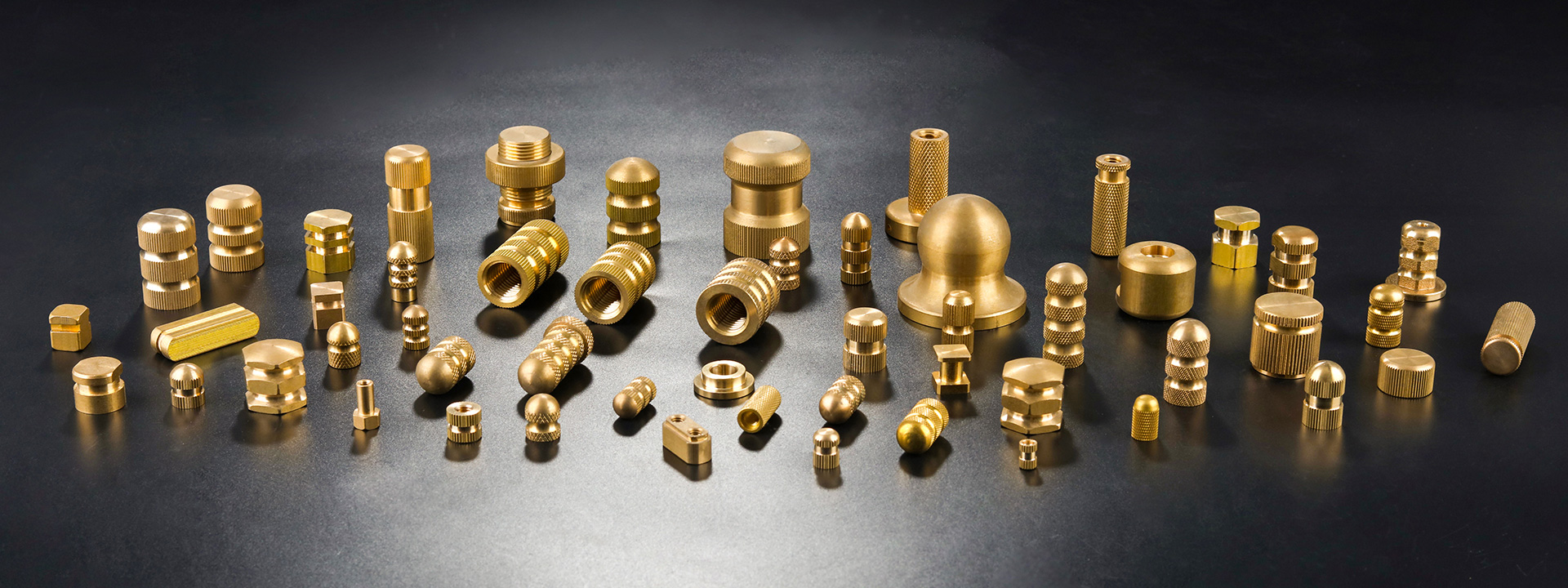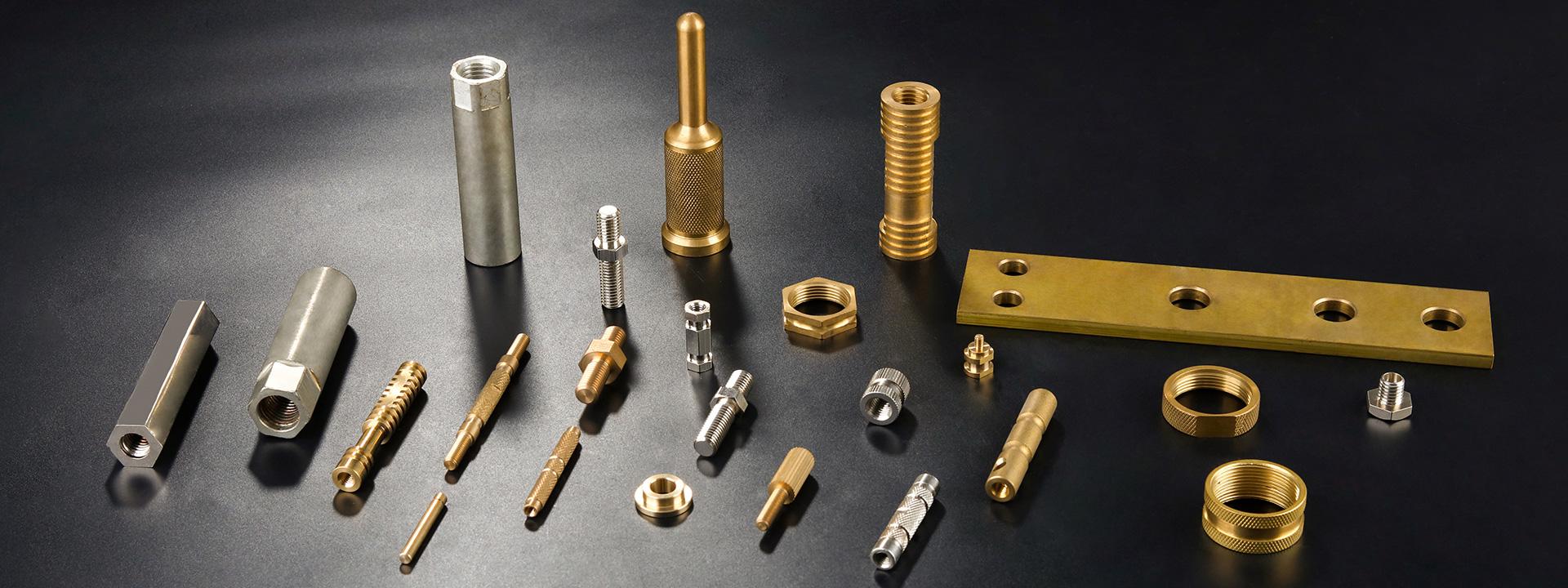New Center
| How long can stainless steel wire mesh last? |
Stainless steel has the ability to resist atmospheric oxidation, that is, stainless steel, but also has the ability to corrode in medium containing acid, alkali and salt, that is, corrosion resistance. However, the corrosion resistance of the steel varies with its chemical composition, additive state, service conditions and the type of environmental medium. For example, 304 stainless steel mesh has absolutely excellent corrosion resistance in dry and clean atmosphere, but when it is moved to the coastal area, it will rust quickly in the sea fog containing a lot of salt, while 316 steel pipe performs well. Therefore, not any stainless steel, in any environment can resist corrosion and rust. Stainless steel is a very thin, solid and stable chromium-rich oxide film (protective film) formed on its surface, which prevents oxygen atoms from penetrating into and oxidizing continuously, and achieves corrosion resistance. Once for some reason, the film is constantly destroyed, oxygen atoms in air or liquid will continuously infiltrate or iron atoms in metal will continuously separate out, forming loose iron oxide, and metal surface will be constantly corroded. There are many forms of destruction of the surface film. 1. The surface of stainless steel is deposited with dust containing other metal elements or adhesives of different metal particles. In humid air, the adhesives and the condensate water between the adhesives and stainless steel connect the two into a micro-battery, which leads to electrochemical reaction, and the protective film is destroyed. It is called electrochemical corrosion. 2. The surface of stainless steel is adhered with organic juice (such as melon, vegetable, noodle soup, phlegm, etc.). Under the condition of water and oxygen, organic acid is formed, and for a long time, organic acid corrodes the metal surface. 3. The adhesion of stainless steel surface contains acid, alkali and salt substances (such as alkali water and lime water splashing on decoration walls), which causes local corrosion. 4. In polluted air (such as atmosphere containing large amounts of sulphide, carbon dioxide and nitric oxide), when it meets condensate water, it forms sulphuric acid, nitric acid and acetic acid liquid points, which cause chemical corrosion. The above conditions can cause the destruction of the protective film on the surface of stainless steel and lead to corrosion. Therefore, in order to ensure that the metal surface is permanently bright and not corroded, suggestions are made: 1. The surface of decorative stainless steel must be cleaned and scrubbed regularly to remove the attachments and eliminate the external factors causing the modification. 2. Coastal area should use 316 stainless steel, 316 material can resist seawater corrosion. 3. The chemical composition of some stainless steel pipes on the market can not meet the corresponding national standards, and can not meet the material requirements of 304. Therefore, it will also cause rust, which requires users to carefully choose products from reputable manufacturers. |
| Return List |





